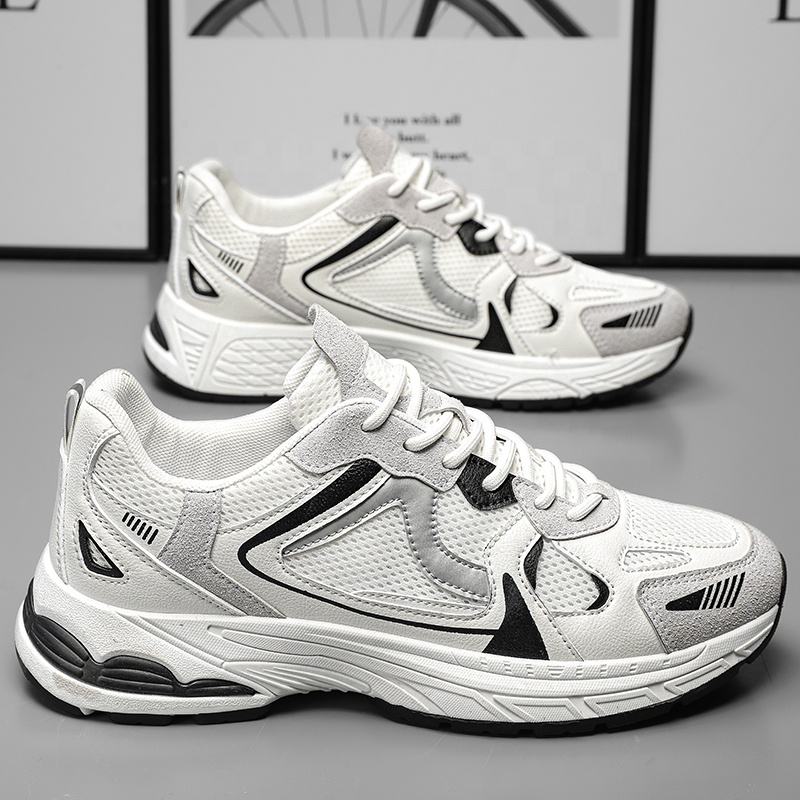Designing a Signature Outsole: Pattern, Branding Windows, and Molds
Introduction: Why Outsoles Define Brand Identity
When it comes to sneakers, the outsole is more than just a functional component—it’s a brand’s signature. Distinctive outsole patterns, unique branding windows, and custom molds allow companies to stand out in competitive markets. For B2B buyers, collaborating with professional Sneaker Manufacturers ensures that outsoles deliver both performance and brand recognition.
🌀 Pattern Design: The Foundation of Traction and Style
Outsole patterns play a dual role: improving performance and enhancing aesthetics. Buyers should evaluate:
-
Traction geometry – lugs, grooves, and flex points for specific sports or lifestyle use.
-
Wear resistance – durable designs that resist abrasion.
-
Visual identity – outsole designs that become instantly recognizable to consumers.
Experienced Custom Sneaker Manufacturers can help translate brand vision into technical outsole patterns that perform well on the ground while reinforcing style.
🔍 Branding Windows: Making Every Step Count
Branding windows in outsoles are increasingly popular. They allow companies to showcase logos or signature marks directly on the sole, making every step a branding opportunity. Key benefits include:
-
Consumer visibility – logos that are noticed when shoes are worn.
-
Market differentiation – brand recognition through outsole design.
-
Added premium feel – creating a stronger identity in crowded markets.
When developed with expert Sneaker Manufacturers, branding windows become a cost-effective yet impactful way to strengthen market presence.
🛠️ Molds: The Backbone of Customization
Outsole molds are critical for achieving unique designs. Considerations for buyers include:
-
Initial investment – molds require upfront costs but add long-term value.
-
Precision engineering – ensuring proper fit with lasts and midsole units.
-
Scalability – once molds are created, they allow efficient mass production.
By working with Custom Sneaker Manufacturers, buyers can design molds that balance brand uniqueness with production efficiency, ensuring products scale effectively.
🧪 Material Choices for Outsoles
Outsoles must also deliver durability, comfort, and safety. Common materials include:
-
Rubber compounds – for traction and wear resistance.
-
EVA blends – for lightweight cushioning.
-
TPU or hybrid materials – for advanced performance sneakers.
The right combination of material and mold design ensures sneakers meet performance standards across various markets.
📦 From Design to Mass Production
Developing a signature outsole involves a process:
-
Initial sketches and CAD renderings.
-
Prototype molds and 3D-printed samples.
-
Testing for grip, flexibility, and abrasion resistance.
-
Final mold production and mass manufacturing.
This workflow, managed in close cooperation with Sneaker Manufacturers, ensures the outsole meets both brand and technical requirements.
🌍 Business Advantages of a Signature Outsole
For B2B buyers, investing in a custom outsole offers:
-
📈 Stronger brand recognition – consumers associate the design with your brand.
-
✅ Market protection – unique molds reduce copycat risks.
-
💼 Long-term ROI – molds are reusable across multiple product lines.
Conclusion: Outsoles as a Strategic Investment
A sneaker’s outsole is more than just a part of its construction—it’s a powerful branding tool. By designing unique patterns, integrating branding windows, and investing in custom molds, companies can strengthen their identity and performance offering. Partnering with Sneaker Manufacturers and experienced Custom Sneaker Manufacturers ensures every outsole is both functional and brand-defining.




















